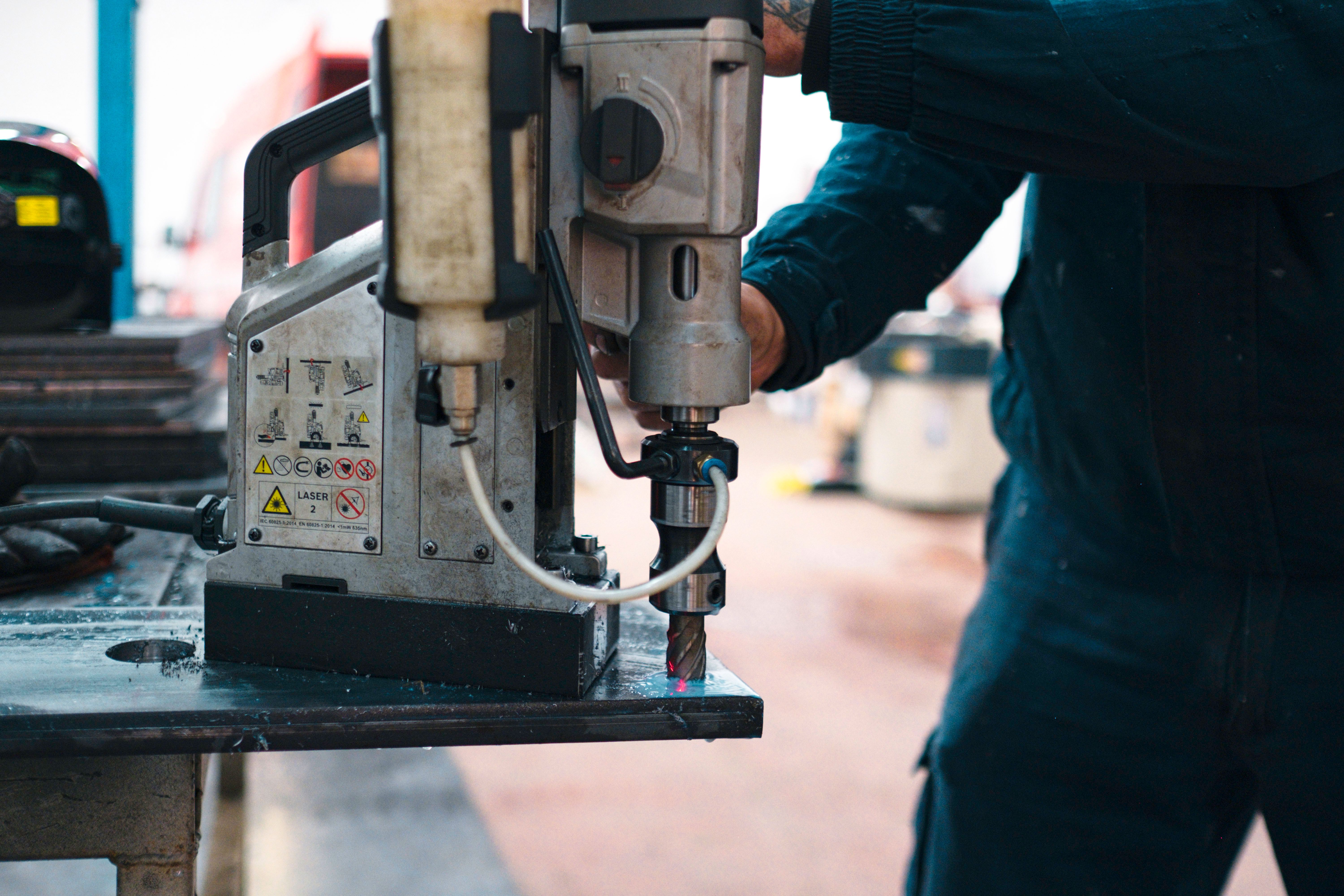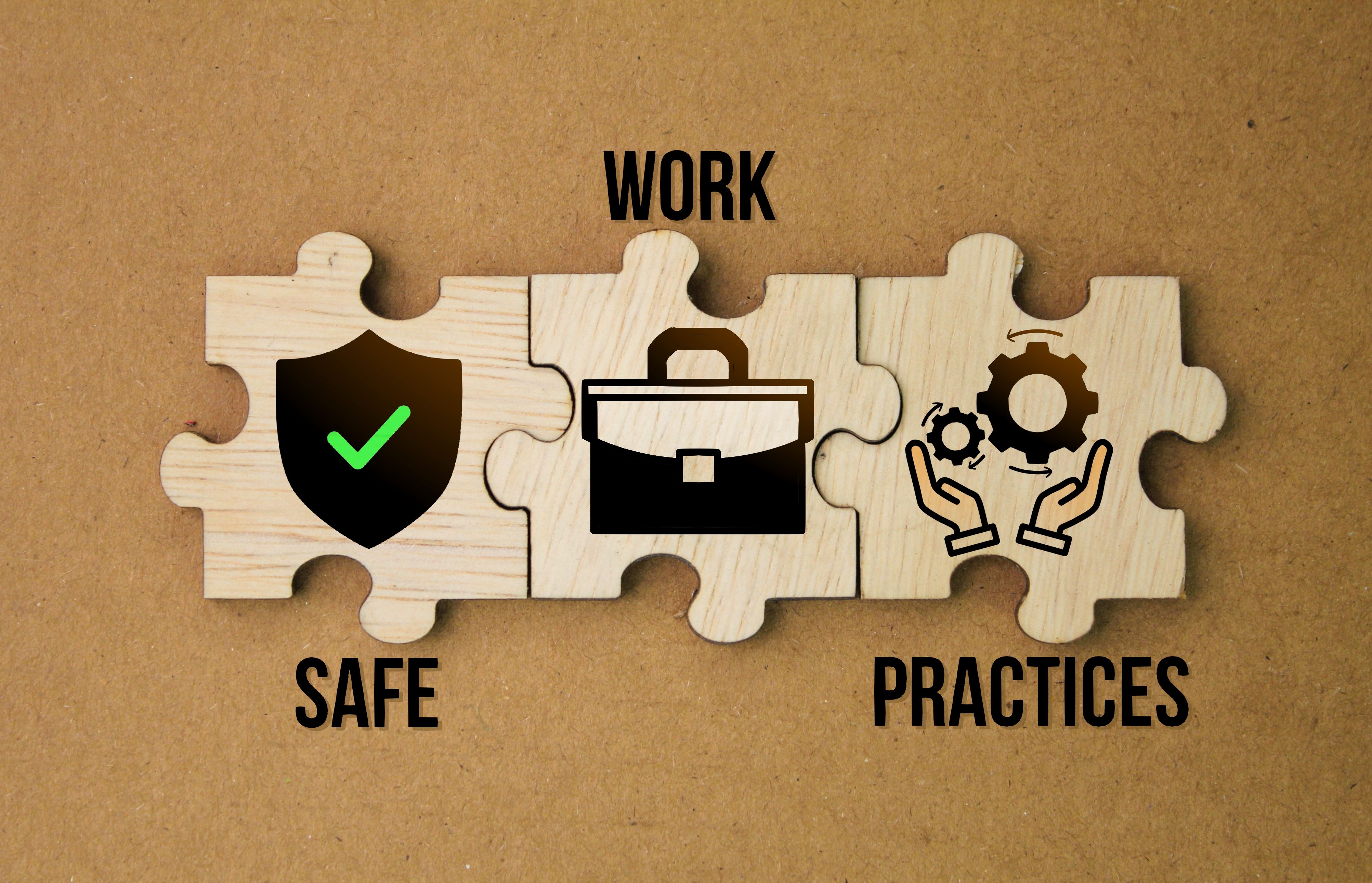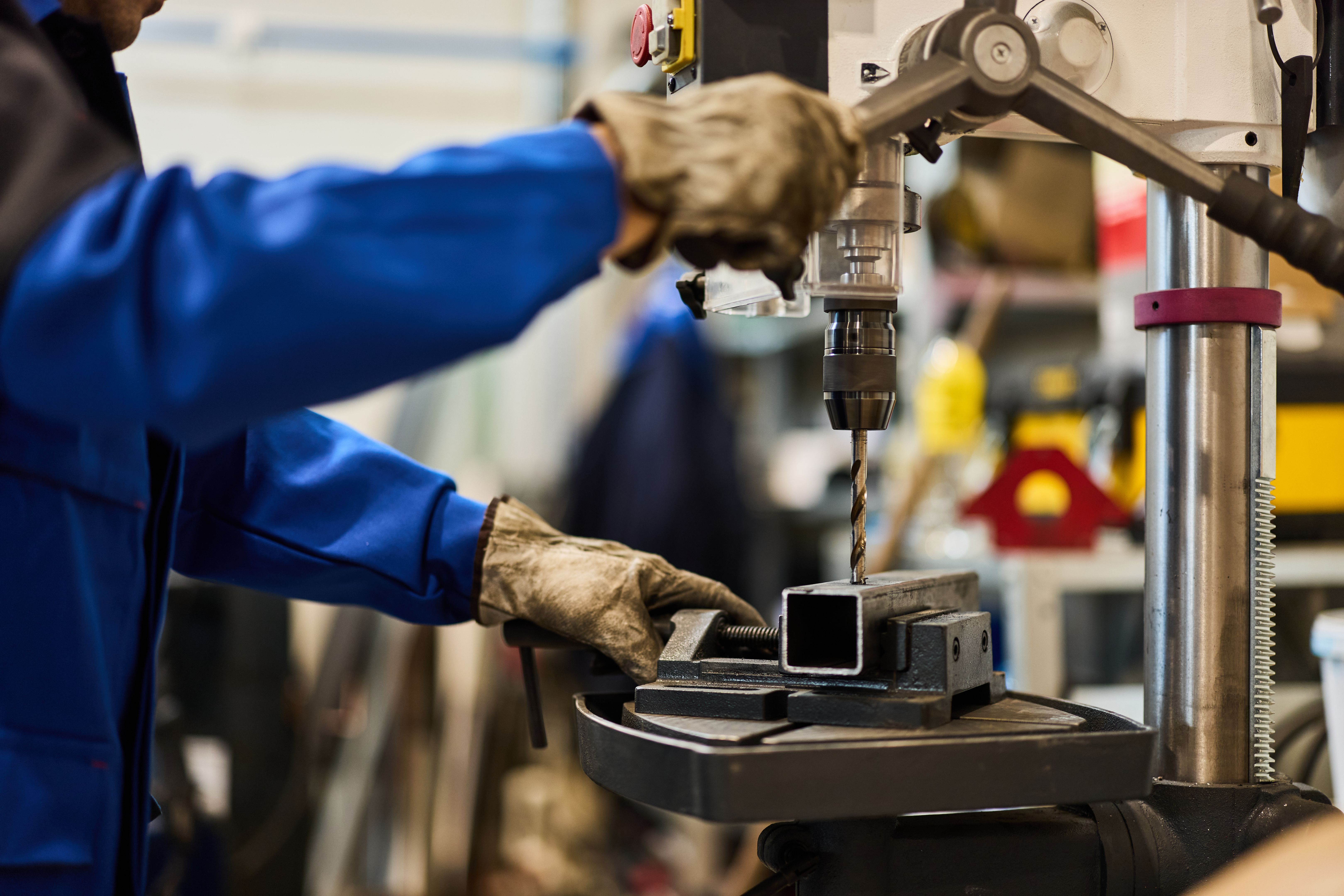Safety Tips for Using a Magnet Drill
RR
Understanding the Basics of a Magnet Drill
A magnet drill, often known as a magnetic drill press, is a powerful tool used for drilling metal. It uses an electromagnet to secure itself to a metallic surface, ensuring precision and stability. While incredibly efficient, handling a magnet drill requires attention to safety protocols to prevent accidents and ensure optimal performance.

Preparing Your Workspace
Before starting with a magnet drill, it's crucial to prepare your workspace. Ensure that the area is clean and free from any unnecessary materials that could interfere with your work. A clutter-free environment minimizes the risk of accidents and provides ample space to maneuver the drill effectively.
Also, make sure you have sufficient lighting to see your work clearly. Poor visibility can lead to misjudgments in positioning and operation, which could compromise safety. It's also advisable to ensure that all necessary tools and safety equipment are within easy reach.
Personal Protective Equipment (PPE)
Wearing the right Personal Protective Equipment (PPE) is essential when operating a magnet drill. Standard PPE includes safety goggles to protect your eyes from metal shavings, ear protection to shield against noise, and gloves to safeguard your hands from sharp edges.
Additionally, wearing a dust mask can protect your respiratory system from any fine particles generated during drilling. Remember, using the appropriate PPE not only protects you but also contributes to a safer working environment for everyone involved.

Inspecting the Equipment
Before using the magnet drill, conduct a thorough inspection of the equipment. Check for any visible damage or wear on the power cord, drill bits, and other components. An overlooked defect could lead to equipment failure during operation, posing a significant safety hazard.
Ensure that the electromagnet is functioning correctly by testing its adhesion on a metallic surface. A weak or faulty magnet can cause the drill to slip, leading to inaccurate drilling and potential injury. Regular maintenance and inspection are key in preventing unexpected malfunctions.
Proper Operation Techniques
When ready to operate, position the magnet drill securely on the metal surface. Make sure the electromagnet is fully engaged before starting the drill. It's important to apply steady pressure without forcing the drill, as excessive force can damage both the tool and the workpiece.
If you're new to using a magnet drill, practice on scrap material first. This allows you to get familiar with the tool's handling and response before working on your actual project. Always follow the manufacturer's instructions for specific operational guidelines.

Emergency Procedures
Despite taking all precautions, emergencies can still occur. Familiarize yourself with the drill's emergency stop function and ensure it is easily accessible at all times. In case of any unusual noises or resistance during operation, stop immediately and inspect for issues.
Having a first aid kit within reach is another important safety measure. In the unfortunate event of an injury, immediate access to first aid supplies can significantly mitigate the severity of injuries until professional medical help arrives.
Conclusion
Using a magnet drill can greatly enhance efficiency in metalworking projects if handled correctly. By preparing your workspace, using appropriate PPE, inspecting equipment, following proper operation techniques, and being ready for emergencies, you can ensure a safe and productive experience.
Remember, safety should always be your top priority when working with any power tool. By adhering to these guidelines, you not only protect yourself but also maintain a high standard of workmanship in your projects.